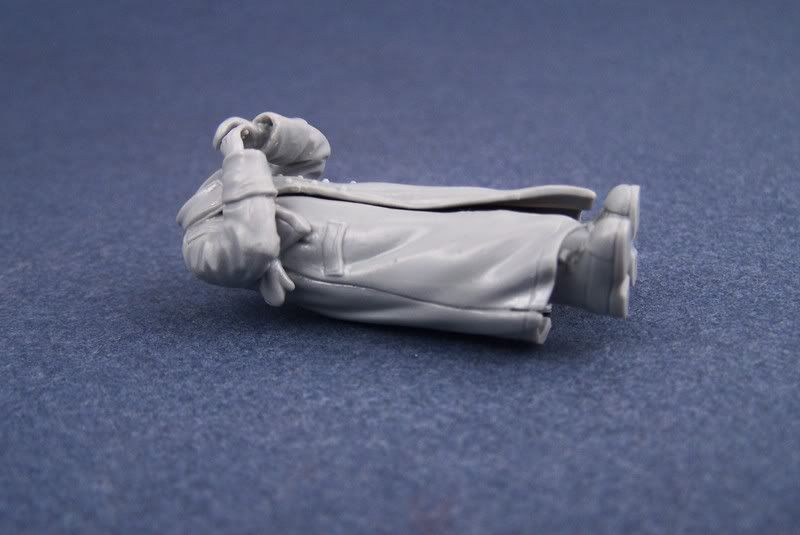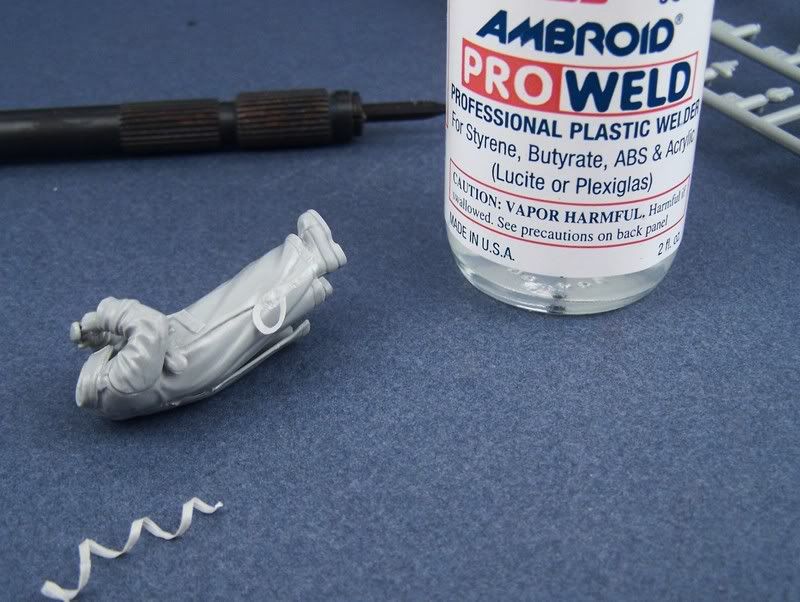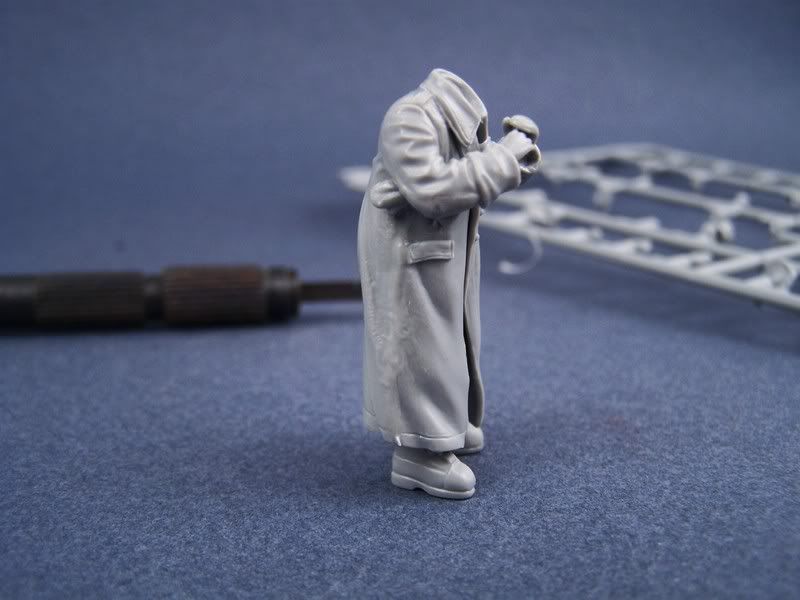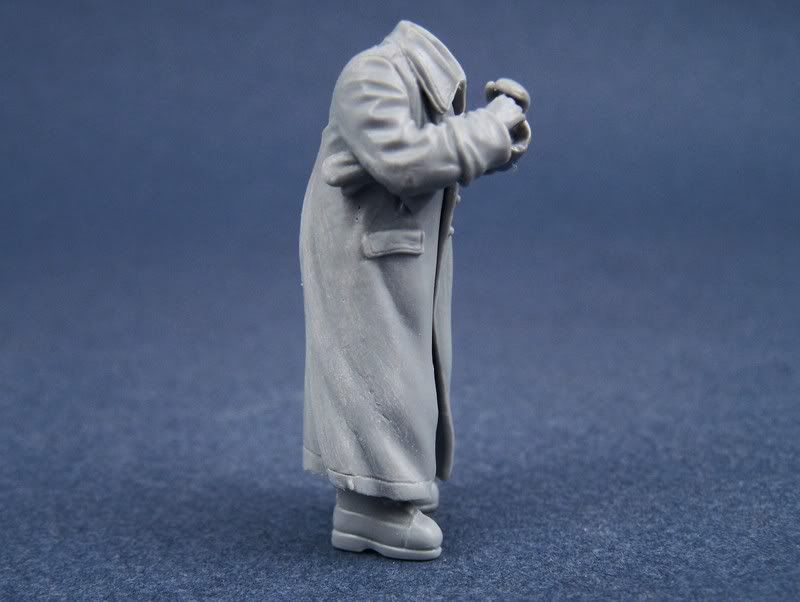Gary has given good advice above, particularly with regard to masking off the area which you intend to fill and using a spatula to apply it.
Never apply filler putty by squeezing from the tube directly to the area to be filled. When I use Squadron putty, I will often squeeze a little into a metal measuring spoon and thin with liquid cement (Testors "pink" liquid cement is great for this) or lacquer thinner. Thin to a soupy consistency and then apply where needed with a paintbrush. Yes, liquid cement/lacquer thinner can be aggressive to styrene, but when applied in this fashion, it flashes off so quickly that it's not an issue.
If you have masked either side of the seam, you can use the paintbrush and build it up till it's flush with the tape and you will have a paper-thin layer of putty. When dry, it will only take a few seconds to sand smooth with 400-600 grit wet and dry (used wet).
Avoid applying solvent based putties in a layer thicker than approx. 1/3 the thickness of the styrene you're applying it to - it needs to be thin enough for the solvents to evaporate through the putty so that it doesn't soften the underlying styrene. As Gary said, for heavier applications, apply multiple thin layers.





